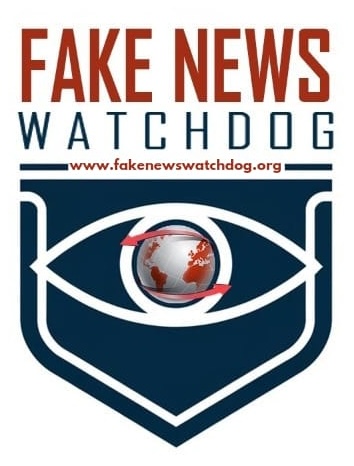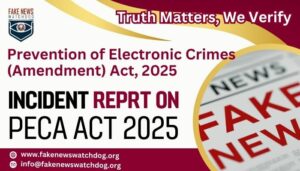Claim: A video is going viral on platform X (formerly Twitter), shared by the account @pakistan_untold, featuring an interview of Special Assistant to the Prime Minister Rana Sanaullah with senior journalist Hamid Mir. The caption claims: “Pakistan begged Trump for a ceasefire after Indian Brahmos (Harmus) hit Noor Khan Airbase and Pak forces had no time to react, Admission of Pakistan’s defeat by Sp Assistant to Pak PM Rana Sanaullah.” In the interview, Rana Sanaullah is asked why the Government of Pakistan nominated former U.S. President Donald Trump for the Nobel Peace Prize. In response, he outlines the background of the nomination, referring to a past incident where India attacked the Noor Khan Airbase in Rawalpindi. He states there were concerns that atomic material might have been used in the strike and had Pakistan responded similarly, it could have escalated into a full-scale nuclear war. In such a scenario, he explains, if President Trump played any role in de-escalating tensions and helping to avoid conflict, it was a contribution that the Government of Pakistan acknowledged by recommending him for the Nobel Peace Prize.
Fact-Check: Our team’s investigation confirms that the viral interpretation of the video is false. The content has been misrepresented and twisted intentionally. Rana Sanaullah, while discussing the severity of the conflict, explained how dangerously close the two countries were to a nuclear confrontation following the Indian attack on the Pakistani airbase. He emphasized that in the context of avoiding a nuclear war, any diplomatic effort made by the U.S. President to de-escalate the situation is something the Government of Pakistan values and appreciates. The decision to nominate Donald Trump was therefore a diplomatic acknowledgment, not an admission of weakness or plea for help.
• Account Reality: Upon detailed analysis, the FNW Research Team has found that the account @pakistan_untold was created with the sole agenda of defaming Pakistan and spreading hatred against the country. Evidence suggests that the account is being operated from India and functions as a tool for disseminating falsehoods, disinformation and propaganda against Pakistan. Its content regularly targets Pakistan’s institutions and misrepresents facts to mislead the public and provoke internal discord.
• Propaganda Exposed: In this particular post, Pakistan untold deliberately conflated two separate matters — the Indian attack on a Pakistani airbase and Donald Trump’s alleged ceasefire diplomacy. These points have been falsely linked to portray a misleading narrative. By distorting the timeline and misrepresenting Rana Sanaullah’s comments, the post fabricates a false claim of surrender and submission. This tactic is a textbook example of targeted propaganda, designed to damage Pakistan’s image and confuse public opinion.
What is ‘Pakistan Untold’? The account @pakistan_untold is not what its name suggests. It is part of a broader disinformation network reportedly run through a Hindu-nationalist lens targeting Pakistan. Sources indicate that the account is affiliated with BJP-backed digital operations and is actively involved in anti-Pakistan and anti-Hindu provocation campaigns. It is linked to the organization Dharma Of Vedas, which is affiliated with accounts such as @agniveer, @janswabh, @gausevaagniveer, and @pakistan_untold. These accounts collectively push sectarian and politically motivated content, often disguising their identity to manipulate audiences across borders.
Conclusion: The narrative shared in the viral post lacks factual accuracy and reflects a deliberate attempt to manipulate public perception. This case highlights how disinformation can be weaponized to distort diplomatic narratives and incite public confusion. It underscores the urgent need for digital literacy and critical engagement with viral content. Audiences are encouraged to seek out full context, rely on credible sources 1/2


